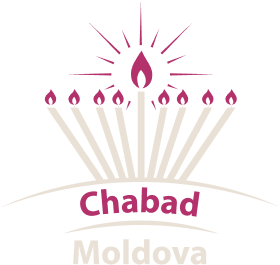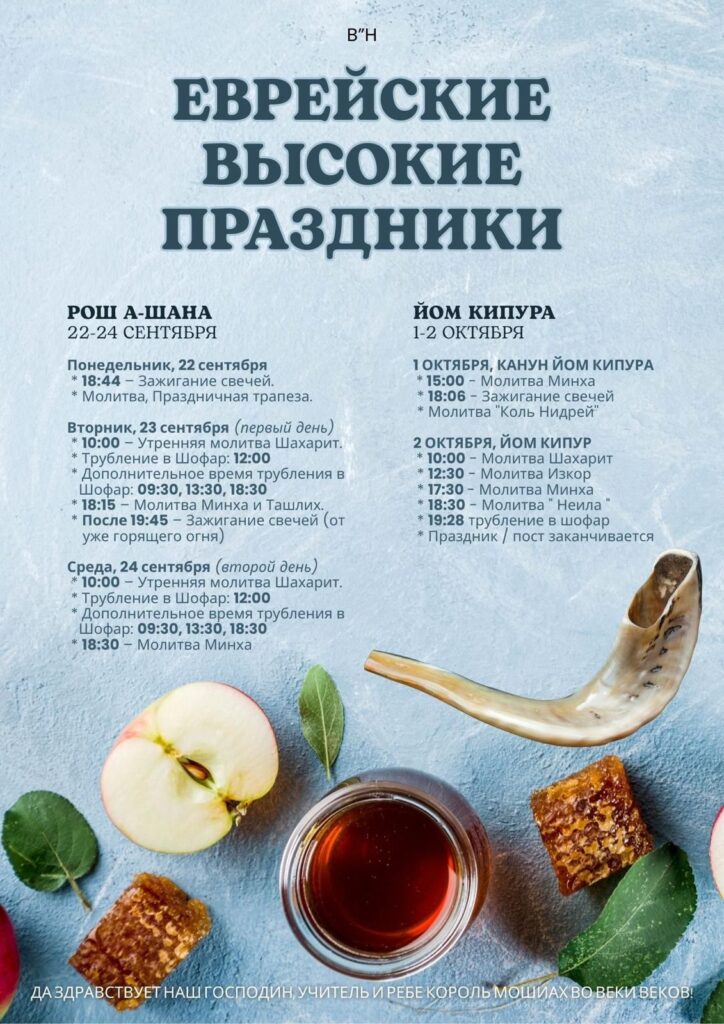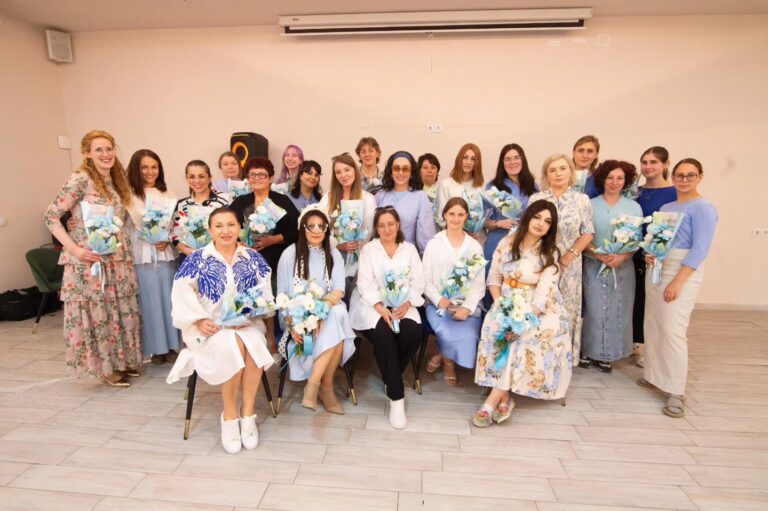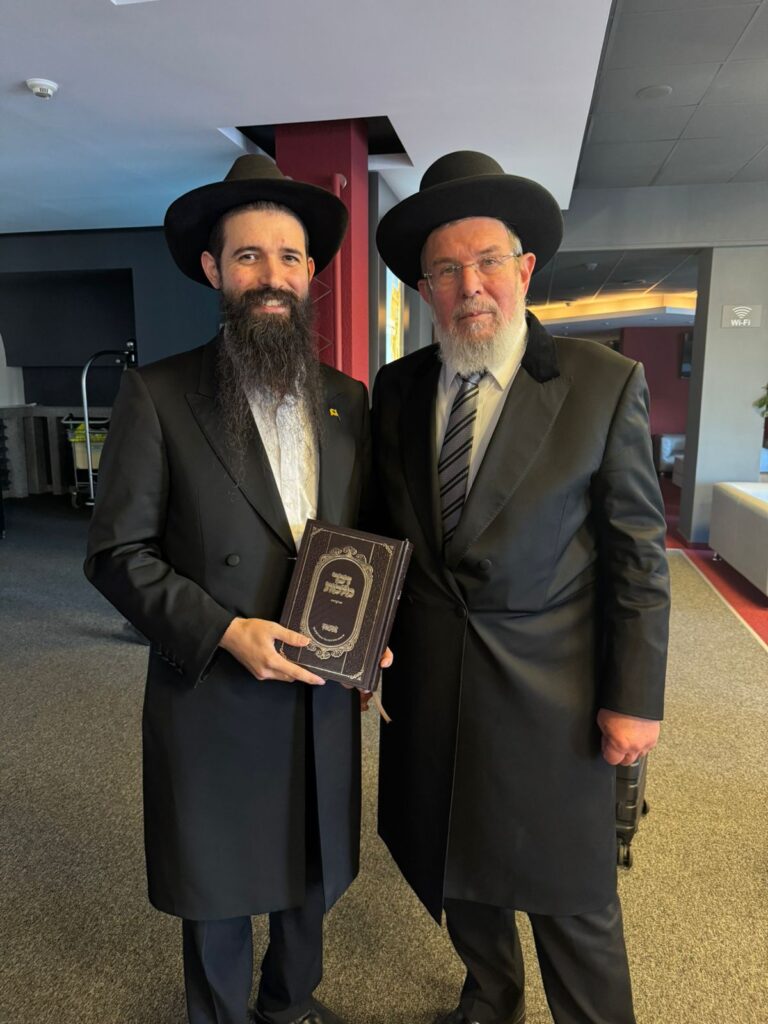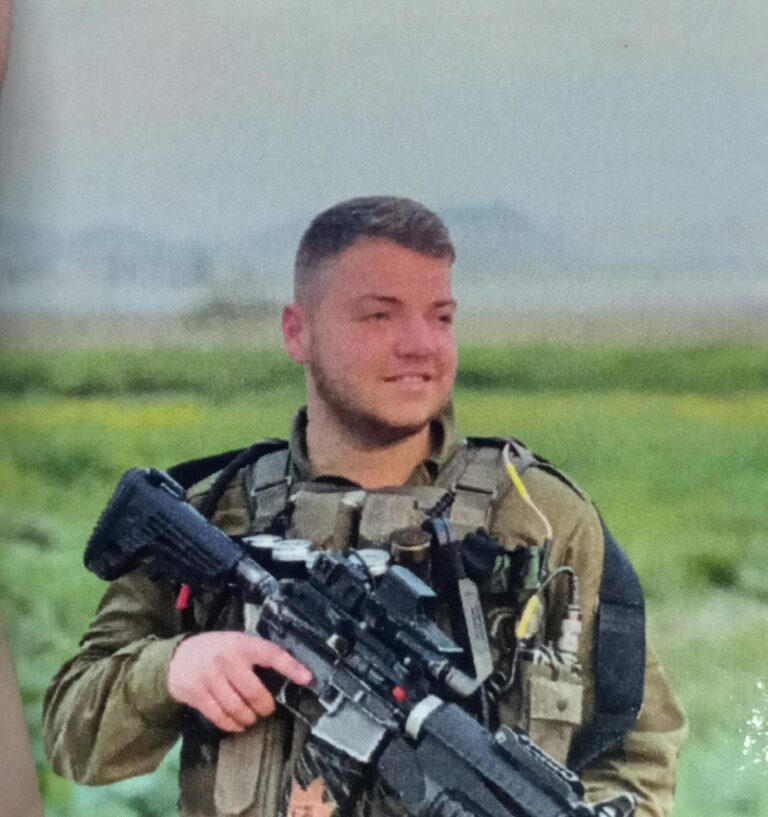MY TRIP TO KISHINEV by Jane S. Gabin
I had long promised myself a trip to Kishinev “someday,” a visit to my family’s dead past. Some 20 years earlier, I had a glimpse of what lay in store: a group photo of my maternal grandmother, her sisters, her elder brother, their mother, and their grandmother.
They nearly all looked sad. Their grandmother, knowing of their plans and that she would be left behind. The mother, with her husband and one daughter already in New York, facing an uncertain future life but knowing it had to be better than the current situation. Kishinev had had two pogroms in two years, where mobs, incited by baseless rumors that Jews used the blood of freshly-killed Christian children in the making of matzah, rampaged and murdered, destroyed, and raped.
The soldiers of the Imperial Russian Army stood by, doing nothing.
They left in three groups. A couple of years later, the father Wolf Baer Meran was dead at 48. The mother, Malke, died the next year. There is a story about my grandmother, that she fainted at a funeral and woke to find a handsome young man reviving her. That was my grandfather.
At any rate, I believed the mythology created for me by previous generations: don’t look back; there is nothing to see.
I assumed there was nothing left after the Nazis invaded, and Soviet rule would have obliterated anything else.
So imagine my surprise at learning that Jewish life had not only survived but thrived. The Glaziers and Bookbinders shul had opened in 1888 – when my grandfather was two years old – and stayed open during Soviet times. So it is the oldest shul in continuous operation.
Today, it is located on Strada Habad Lubavitch in Chişinău. I contacted the Rabbi, Zushe
Abelsky, in advance of my trip. He was very welcoming and put me in touch with his wife
Chaya. Zushe is the son of the late Rabbi Zalman Abelsky and Leah Abelsky, who accomplished much in the revival of Jewish life in Moldova. At the time of my visit, in the summer of 2025, Zushe and Chaya were in New York, and I called on Rabbi Schneur and his wife Chana – luckily, Schneur is Englishspeaking. I have limits in Russian and no facility with Moldovan (which is like Romanian).
I was able to spend two Shabbatot at Chabad. Following services, we all went upstairs for a festive Shabbat lunch. I met several members of the congregation, who made me feel very welcome. In fact, several days later I met one man on the street near my hotel and we were able to greet each other!
I had a guided tour one afternoon. R. Schneur and Chana showed me Mikvah Leil, a gorgeous recent addition that is the pride of Chabad. Then they brought me to the classrooms for young children, and then the gan, or garden, where the children can play. I had no idea that behind the shul lay ample playspace.
I left with a renewed sense of possibility and confidence on the future. About my family I was able to learn nothing – not if any were killed during the Shoah or afterwards, not if any
of those survived whom I saw in a large group photo taken in the late 1930s. But I left Chişinău with hope that younger people would carry on the traditions of previous generations.
Jane S. Gabin is an educator, counselor, and writer, Jane S. Gabin received her PhD at the University of North Carolina at Chapel Hill and her BA at Queens College (NY). After working with thousands of students, she is convinced of the primacy of story-telling in human history.
